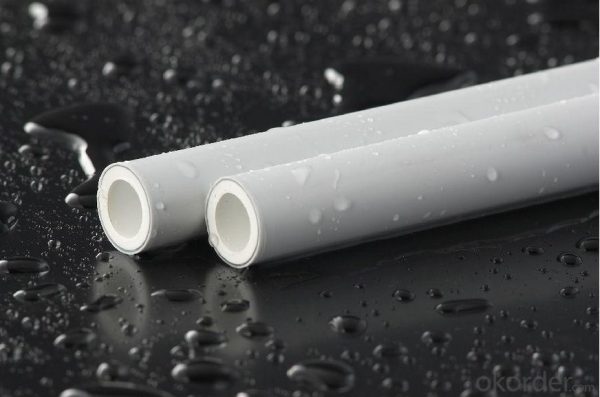
As a natural hydrous magnesium silicate mineral, talc has a lamellar structure, low hardness, good chemical stability, and is usually white or off-white in color. It has good insulation, heat resistance, and chemical corrosion resistance. These characteristics make it widely used in the field of plastic modification, especially in polypropylene (PP) and polyvinyl chloride (PVC).
Application of Ultrafine Talc in Polypropylene (PP)
In the modified system of polypropylene (PP), adding ultrafine talc can significantly improve the rigidity, surface hardness, heat creep resistance, electrical insulation, dimensional stability, and impact strength of polypropylene products. This is because the flake structure of talc forms a structure similar to reinforced concrete in plastic, thereby enhancing the mechanical properties of the material.
Ultrafine talc can also act as a nucleating agent in PP, improving the crystallinity of polypropylene and refining the grains, thereby improving the transparency of polypropylene. Studies have shown that polypropylene composites filled with 20% and 40% ultrafine talc can significantly improve the rigidity and creep resistance of polypropylene at high temperatures, both at room temperature and at high temperatures.
In the automotive industry, polypropylene with talc is mainly used for automobile bumpers and dashboards, as well as fan covers, heater covers, ducts, battery heat shields, fluid pump parts and other components. In the aircraft industry, talc-modified polypropylene is used for refrigerator door gaskets, heater and vacuum pump covers, washing machine agitators and other components. In addition, in the electrical industry, talc-modified polypropylene is used for injection molding of various instrument housings and electrical components, and in the home appliance industry, it is used for injection molding parts such as refrigerator drawers and washing machine drums.
Application of ultrafine talc in polyvinyl chloride (PVC)
In polyvinyl chloride (PVC), the application of ultrafine talc also shows a significant enhancement effect. Ordinary powder filling polyvinyl chloride is already very common. For example, in the manufacture of rigid polyvinyl chloride pipes, the amount of calcium carbonate filled can reach 40%, but this will reduce the tensile strength and impact strength of polyvinyl chloride. However, when talc with an average particle size of 5 microns (i.e. 2000 mesh) is added and the filling amount reaches 40-45% by volume, the yield strength of the material is even higher than the original fracture strength, which has a significant enhancement effect on the polyvinyl chloride system.
For the impact strength of polyvinyl chloride, after adding ultrafine talc, the unnotched impact strength is basically not reduced within 15% by weight, the notched impact strength is reduced, but the flexural modulus can be significantly increased. The addition of ultrafine talcum powder can also improve the opacity of PVC film, making it more suitable for packaging and moisture-proof applications.
Mechanism and advantages of talcum powder modified plastics
The flaky structure of talcum powder can not only play a reinforcing role in plastics, but also improve the dimensional stability of plastics. Since plastics are easily affected by factors such as temperature and humidity during processing and use, they are prone to dimensional changes, and the addition of talcum powder can reduce the shrinkage rate of plastics and improve dimensional stability.
In addition, talcum powder has a high melting point and thermal stability, which can improve the heat resistance of plastics to a certain extent. For example, adding talcum powder to polyethylene (PE) can increase the Vicat softening temperature of PE, so that it can still maintain good mechanical properties and dimensional stability under high temperature environment.
Talc powder also has a cost advantage. Compared with other high-performance fillers, the price is relatively low. Therefore, adding an appropriate amount of talcum powder to plastics can reduce production costs and improve the market competitiveness of products.
